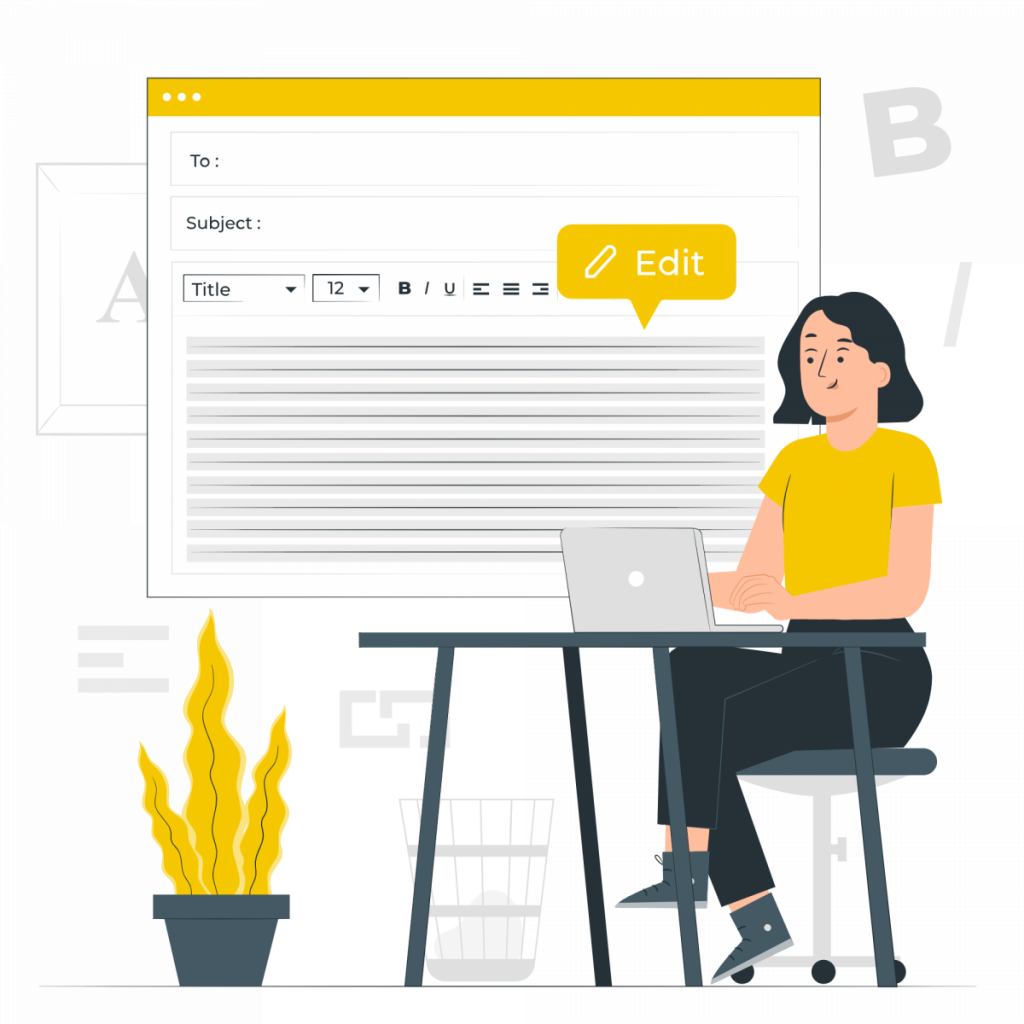In the landscape of OCR, the brilliance of Image-to-Text APIs has become a transformative force. This guide illuminates the steps and strategies to effectively harness the power of Image To Text API for OCR, ensuring optimal results in various applications.

Understanding The OCR Landscape Through Image To Text API
Before diving into the harnessing process, it’s crucial to grasp the OCR landscape. OCR involves the conversion of images containing text into machine-readable text. Image-to-Text APIs facilitate this conversion by utilizing advanced algorithms, making the extraction of information from printed or handwritten documents seamless.
Step 1: Selecting the Right Image-to-Text API
The journey begins with selecting an Image-to-Text API that aligns with your specific OCR requirements. Consider factors such as accuracy, language support, and the ability to handle diverse types of content. Popular APIs, including Google Cloud Vision API, Microsoft Azure Computer Vision, and Tesseract, offer varying features and capabilities.
Step 2: Obtaining API Credentials
To access the chosen API, obtaining credentials is essential. This typically involves creating an account on the provider’s platform and obtaining API keys or tokens. These credentials serve as the key to unlocking the OCR capabilities and establishing secure communication between your application and the API.
Step 3: Integration into Your Workflow
Integrating the selected Image-to-Text API into your workflow is a critical step. Most API providers offer comprehensive documentation with clear integration guidelines for different programming languages. Follow these guidelines meticulously to seamlessly integrate OCR capabilities into your application or system.
Step 4: Preparing Images for OCR Processing
Prepare the images that require OCR processing. Ensure that the images meet the specifications outlined by the API in terms of format, size, and resolution. Proper image preparation sets the stage for accurate and efficient OCR processing.
Step 5: Initiating OCR Processing
Submit the prepared images to the API for OCR processing. This step triggers the algorithms within the API to analyze the images and extract text. Pay attention to any specific parameters or options provided by the API to enhance the accuracy of the OCR results.
Step 6: Handling OCR Results
Effectively handle the OCR results returned by the API. The extracted text is typically provided in a structured format, often JSON. Implement robust error checking to address any anomalies in the OCR process, ensuring that your application gracefully manages variations in image quality or unexpected situations.
Step 7: Post-Processing and Utilizing Extracted Text
After successful OCR processing, engage in post-processing activities based on your application’s requirements. This may involve cleaning or formatting the extracted text, translating it into different languages, or performing additional analysis. Utilize the extracted text to enhance the functionality of your application, whether it’s for data entry, search functionality, or content indexing.
Step 8: Iterative Optimization
Optimization is an ongoing process. Periodically revisit and optimize your integration based on performance feedback and evolving requirements. Stay informed about updates and improvements from the API provider to ensure that your OCR solution remains at the cutting edge of technology.
Conclusion: Unleashing the Full Potential of OCR with Image To Text API
In conclusion, the journey of harnessing Image-to-Text API brilliance for OCR involves careful selection, seamless integration, and meticulous handling of OCR results. By following this guide, you can unlock the full potential of OCR capabilities, leveraging the brilliance of Image-to-Text APIs to enhance the efficiency and accuracy of text extraction from images in your applications and workflows.
Check Handwriting OCR API: A High-Quality Image To Text API
In the ever-evolving landscape of document management, Handwriting OCR API emerges as a revolutionary tool, meticulously transforming handwritten text into editable digital formats with unparalleled accuracy. Its remarkable ability to decipher a vast spectrum of handwriting styles, from elegant penmanship to hastily scribbled notes, makes it an indispensable asset for a diverse range of applications.

Handwriting OCR API seamlessly integrates into your existing workflows, regardless of technical expertise. Its intuitive user interface and user-friendly design make it accessible to everyone, empowering individuals and organizations to unlock the boundless potential of handwritten information.
Embrace Handwriting OCR API and embark on a journey of transformation, unlocking the wealth of knowledge and insights embedded within handwritten documents. Unleash the power of the past to shape a future of innovation, efficiency, and accessibility.
All You Need To Do To Make Use Of It Is:
- First, go to Handwriting OCR API and click the “START FREE TRIAL” button.
- You will be able to access the API once you have registered with the Zyla API Hub.
- Hit the “OCR” API endpoint.
- Then, click the “test endpoint” button to make an API call and examine the results on your screen.
For example, if we introduce the following image:

We will get a response similar to this:{ “result”: “1”, “subScans”: [], “value”: “JRR Tolkien.\n1923” }
Because of Zyla Labs, a marketplace with top-notch customer service, finding APIs has been much easier. For assistance in choosing from the more than 1200 APIs that are available, choose a category, phrase, or programming language. The market place provides comprehensive details about each API, including its price, auxiliary materials, and conditions of service.
Want to know more? Read Make Your Handwriting Digital With An OCR API

